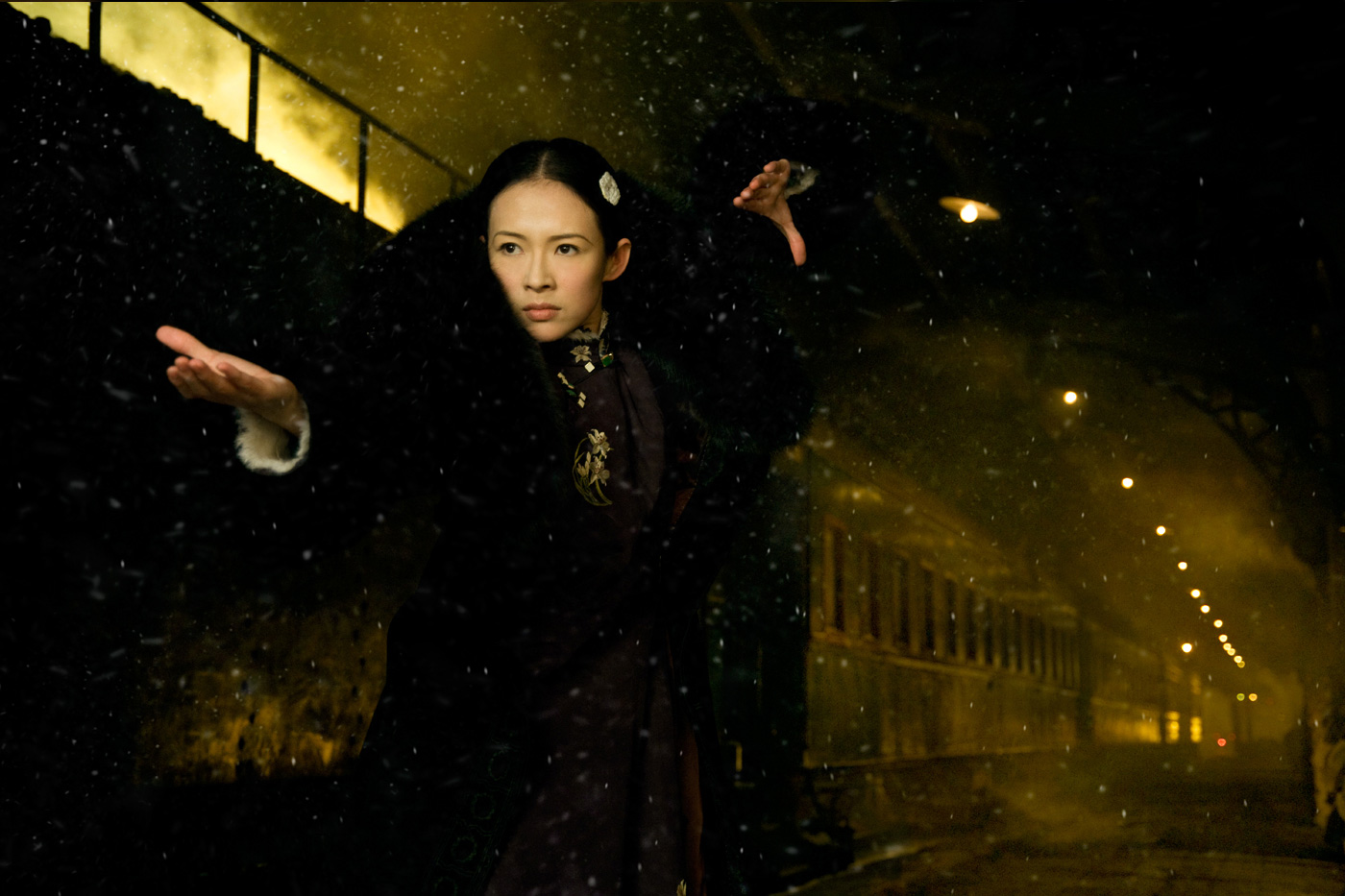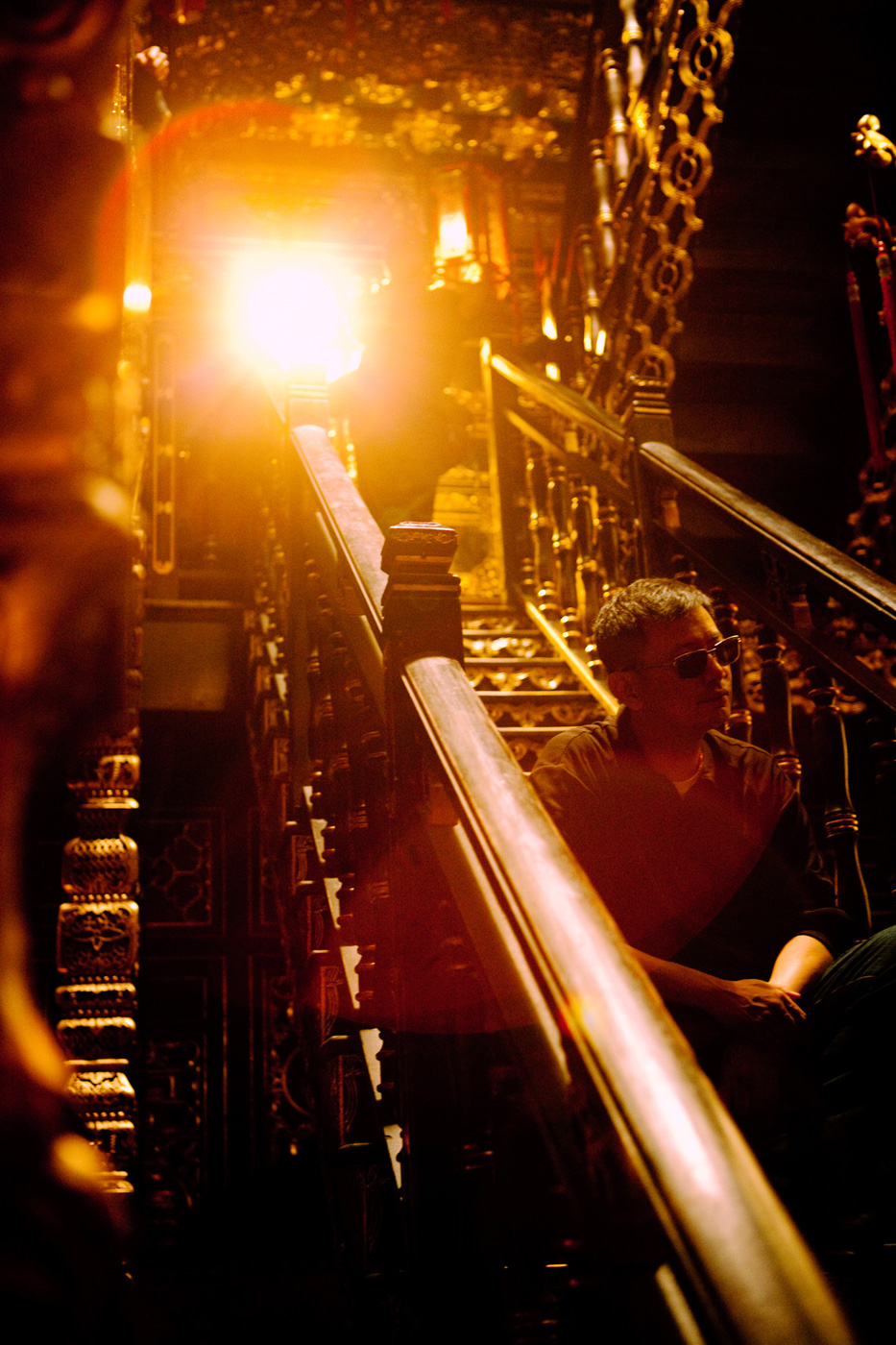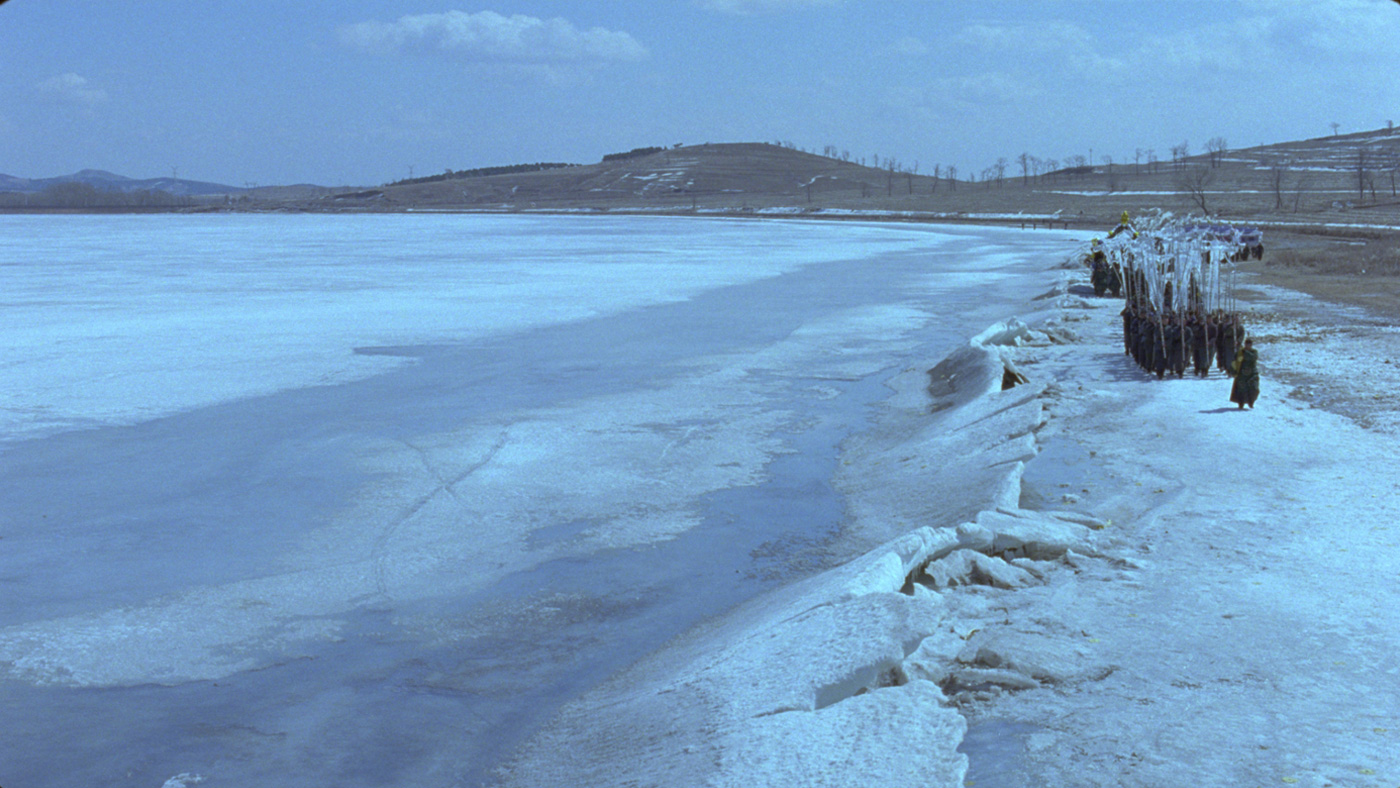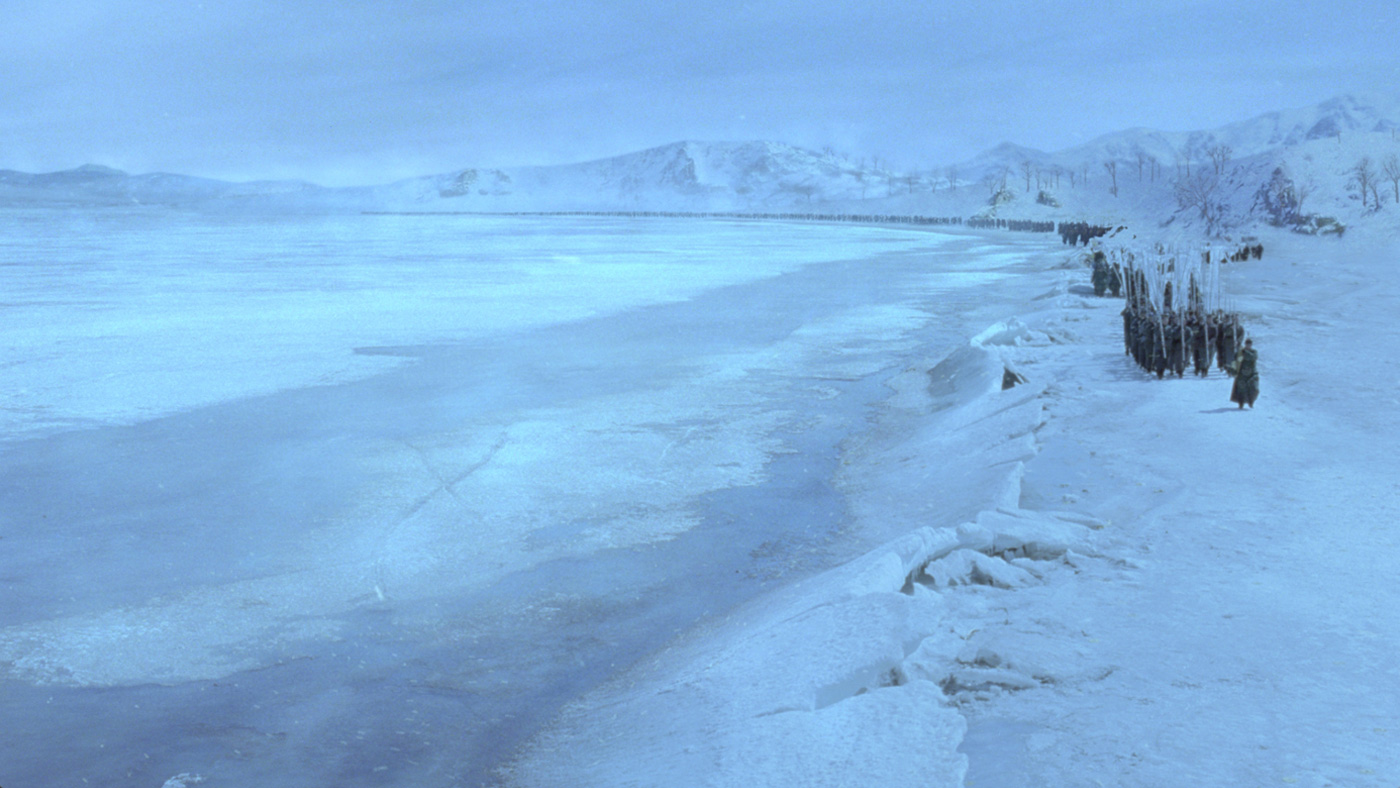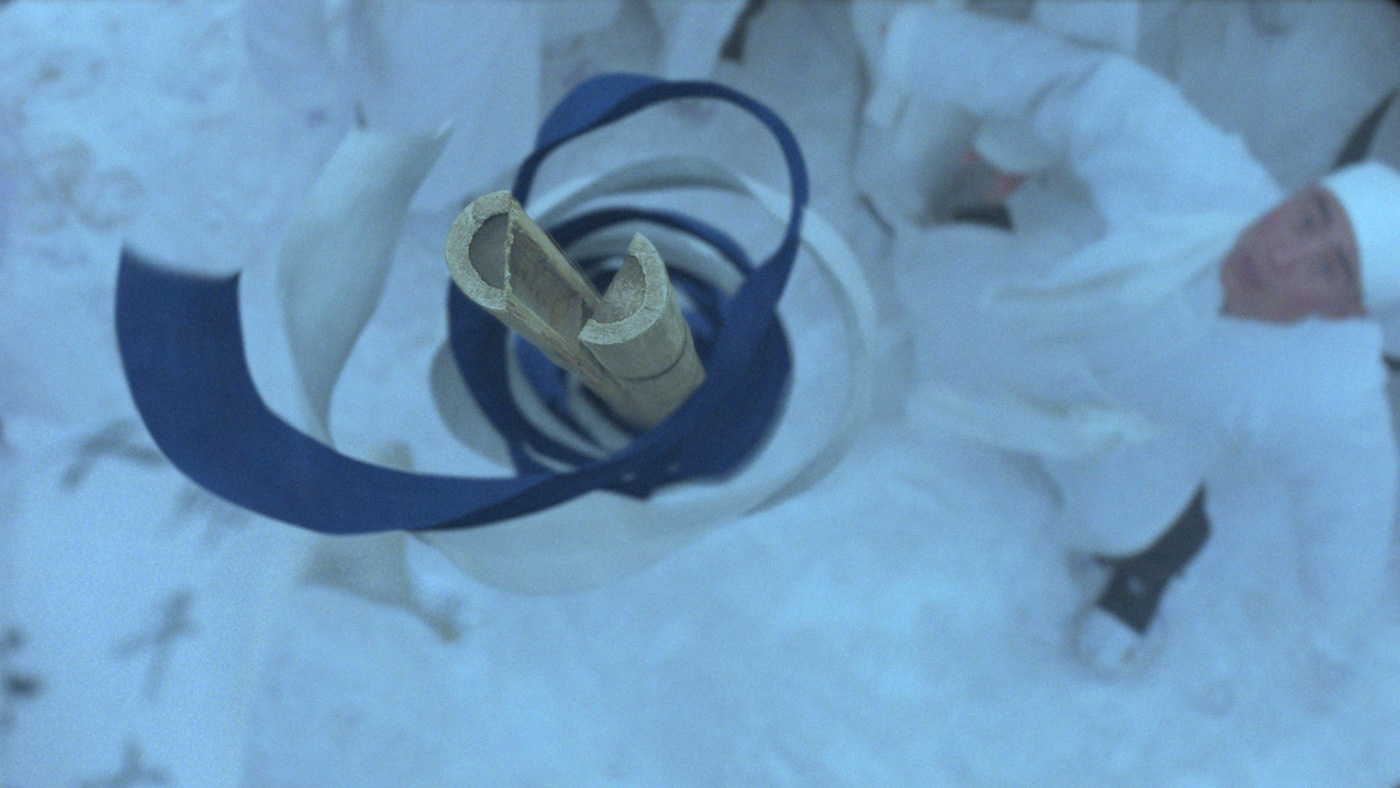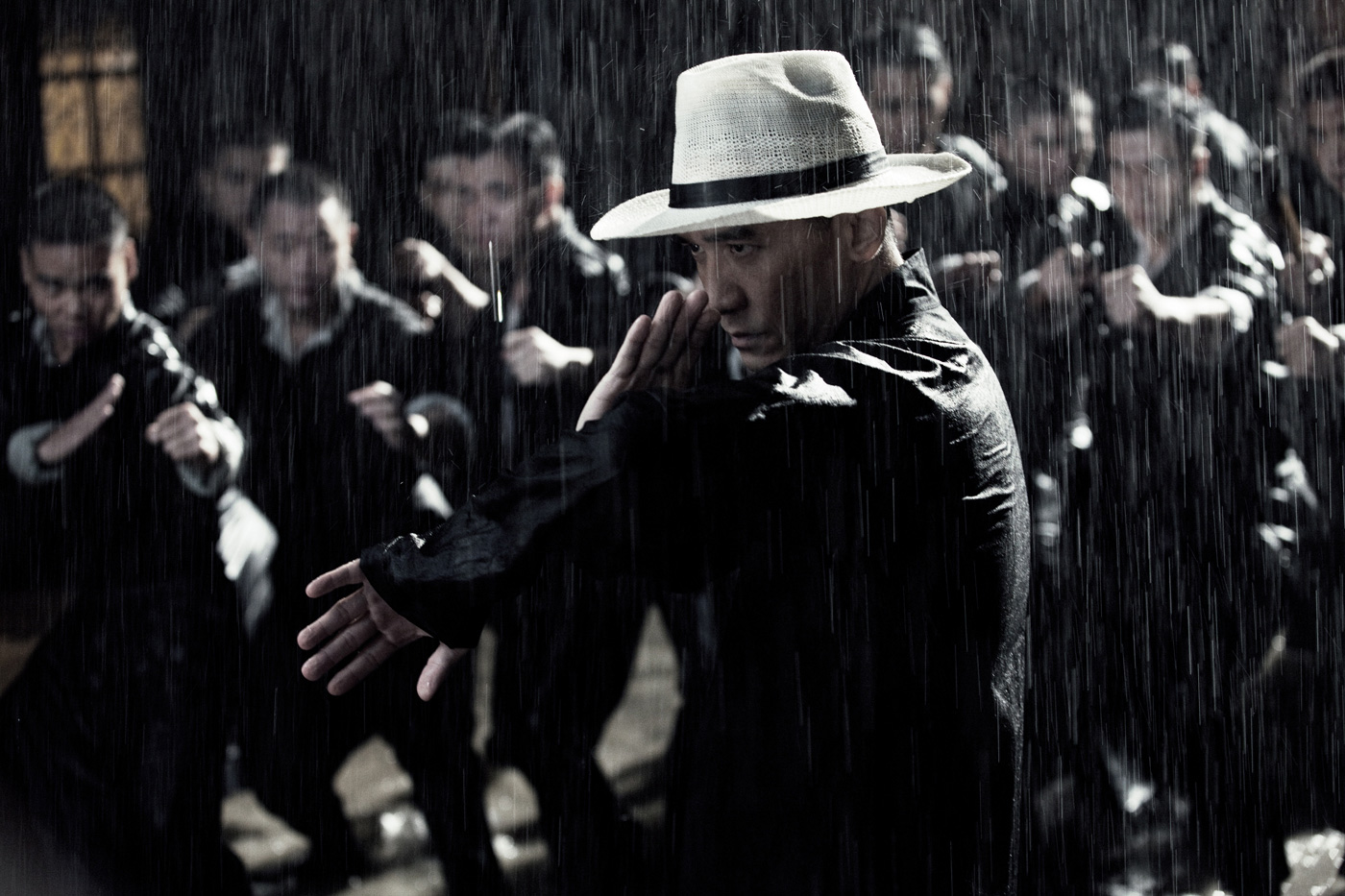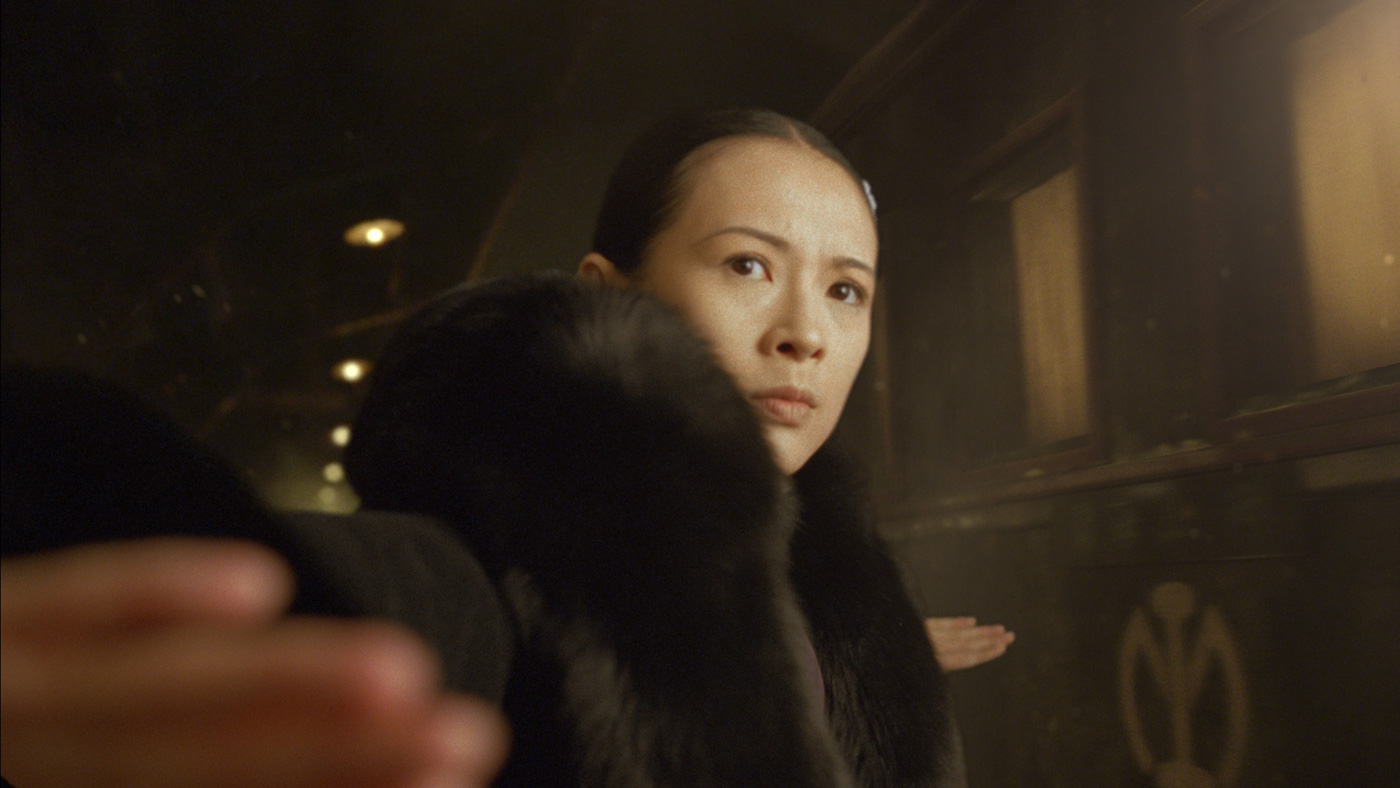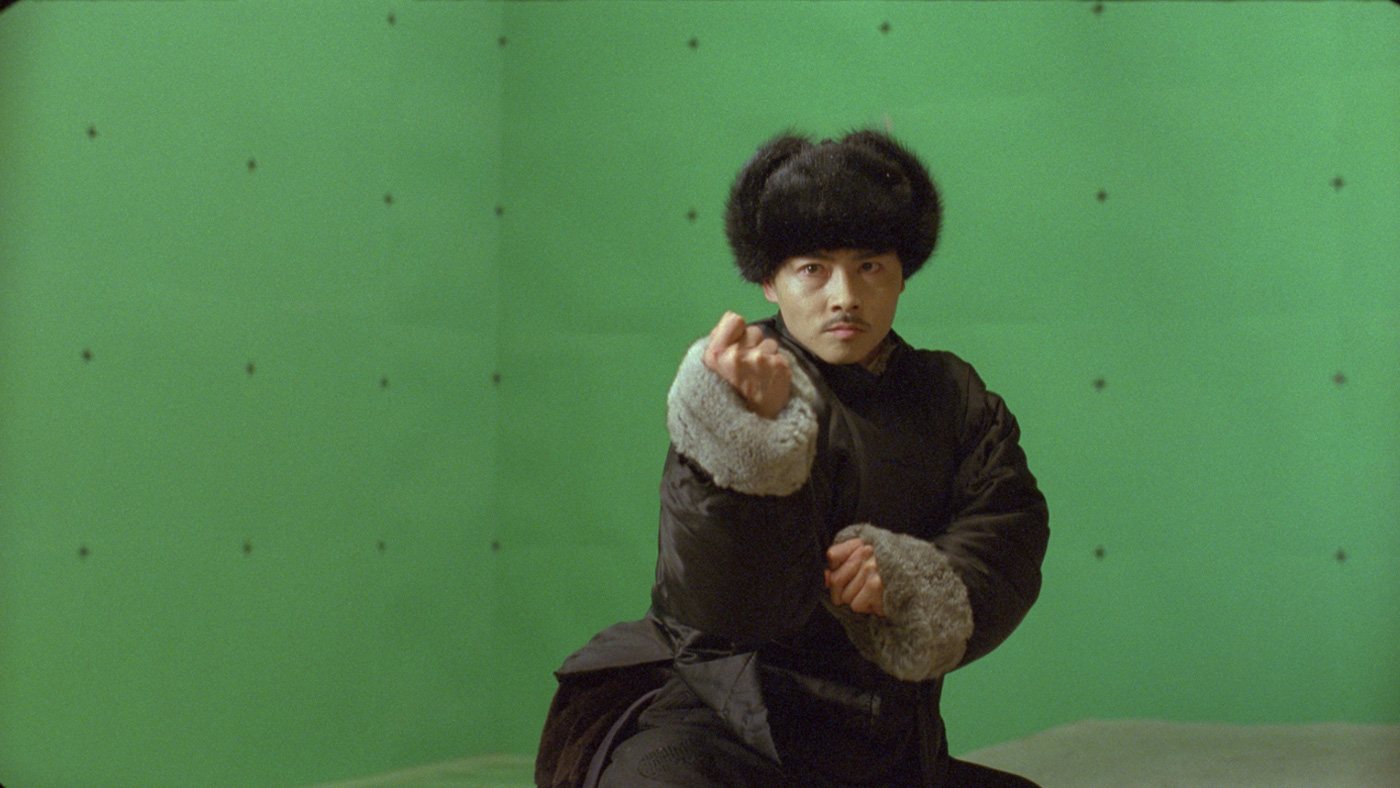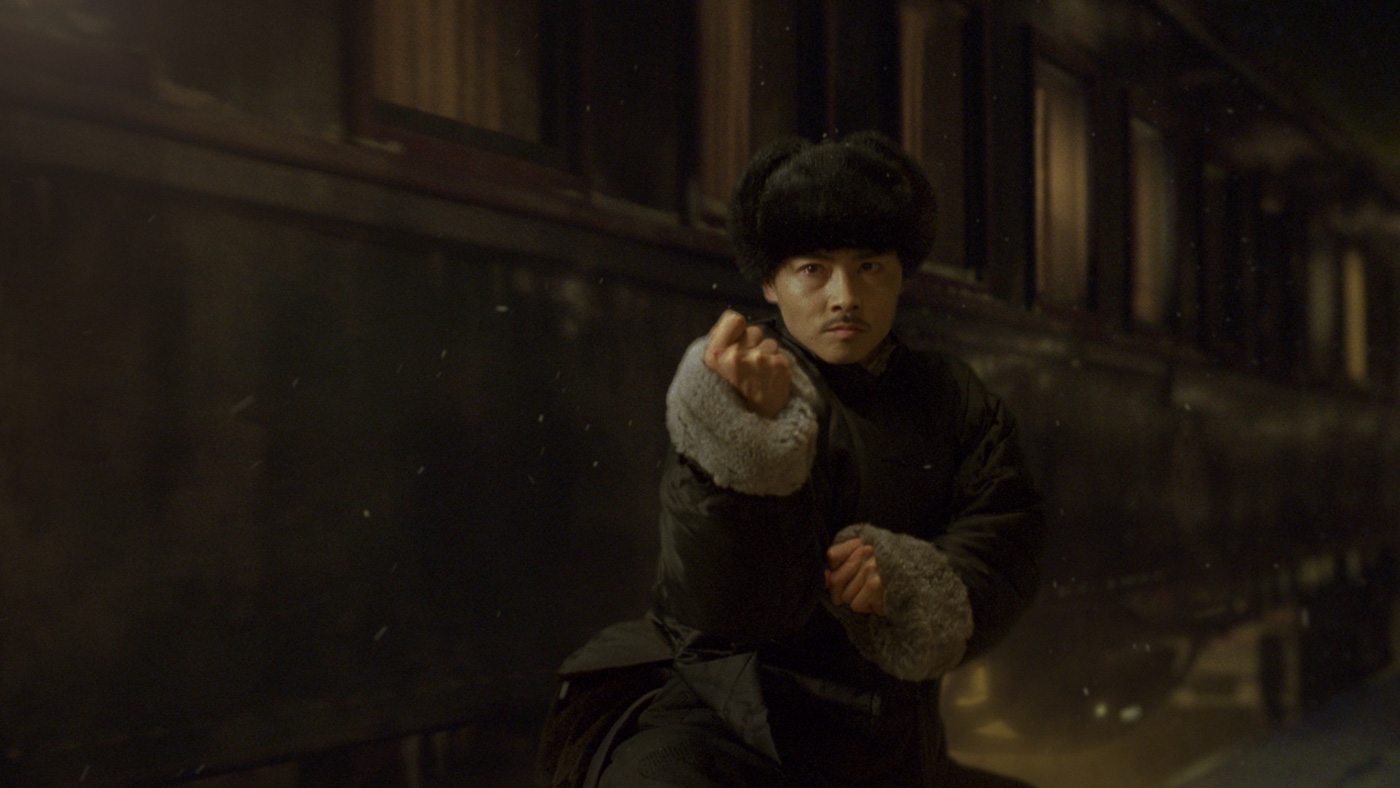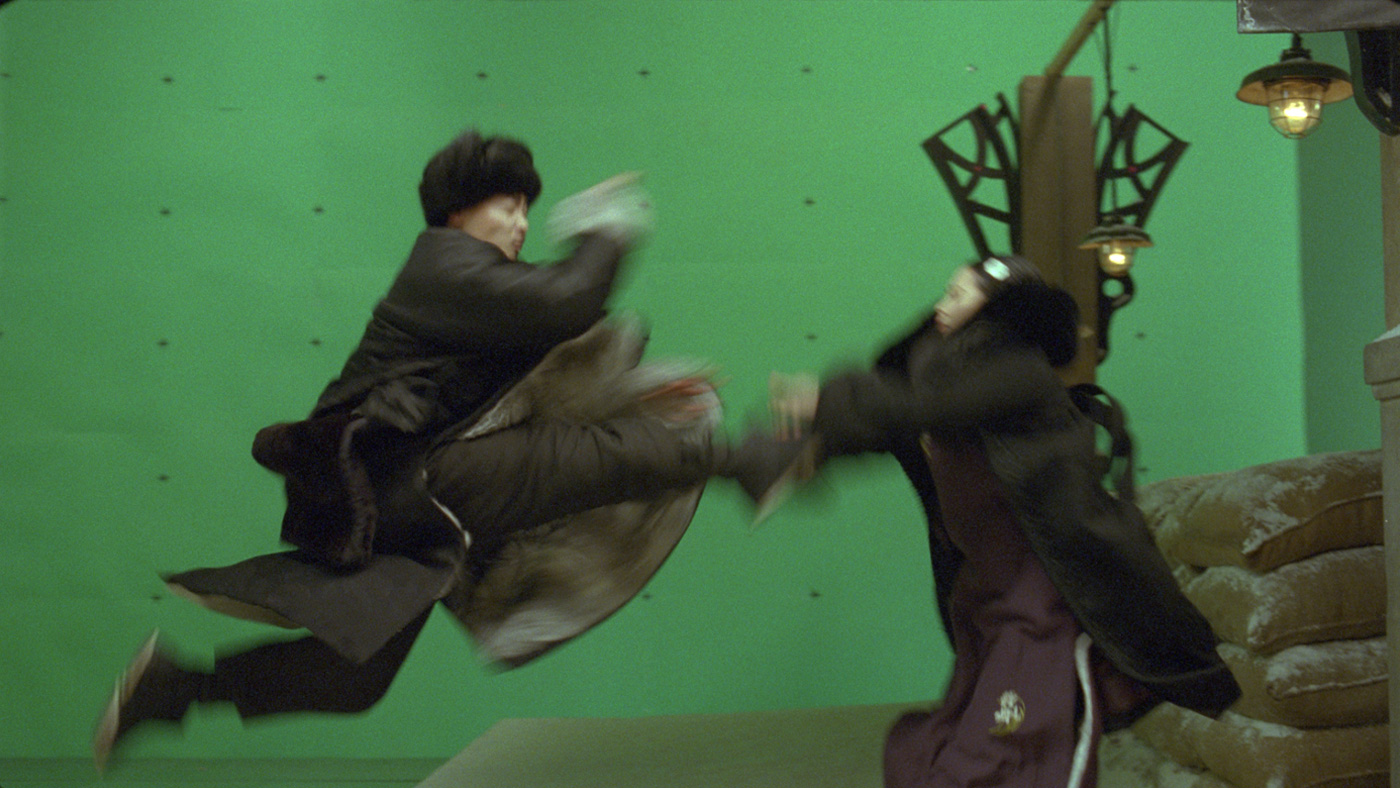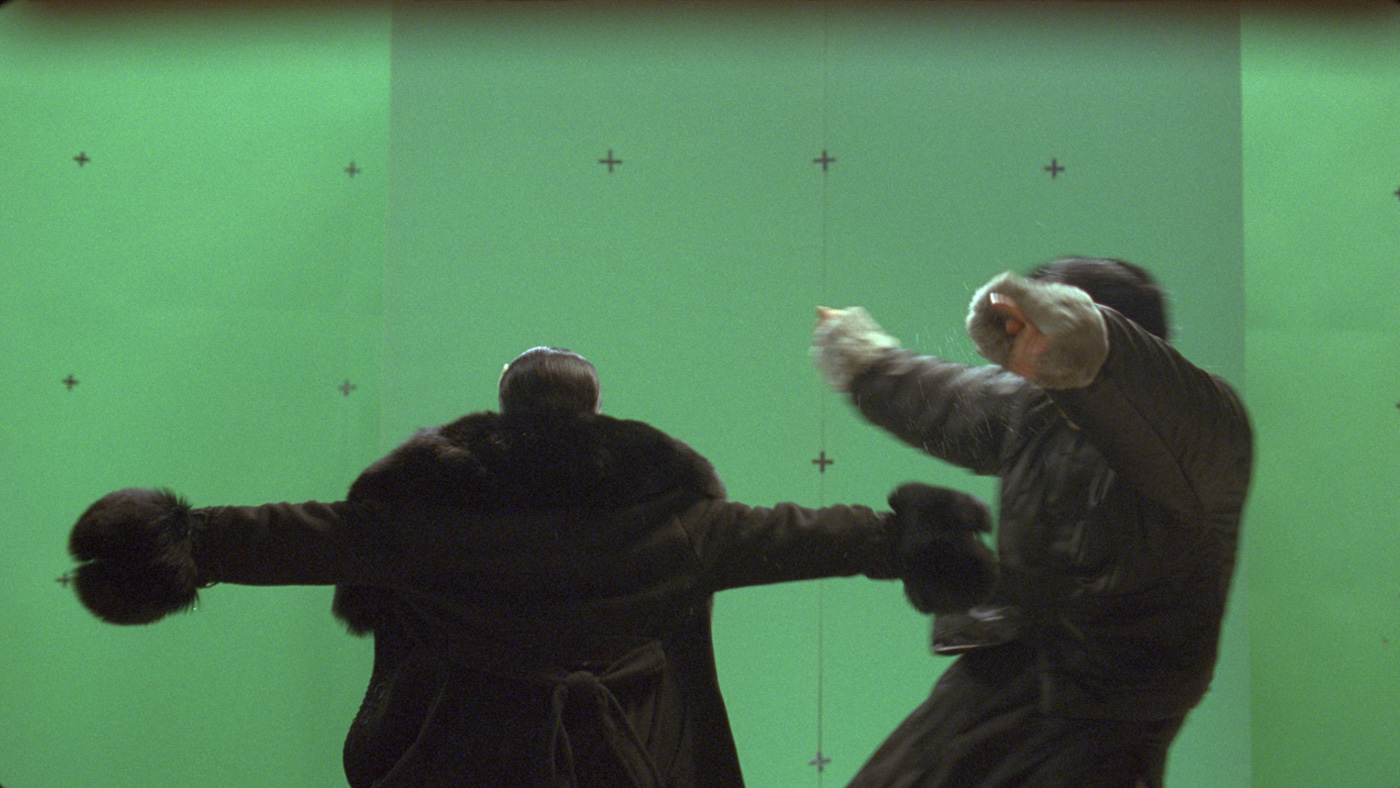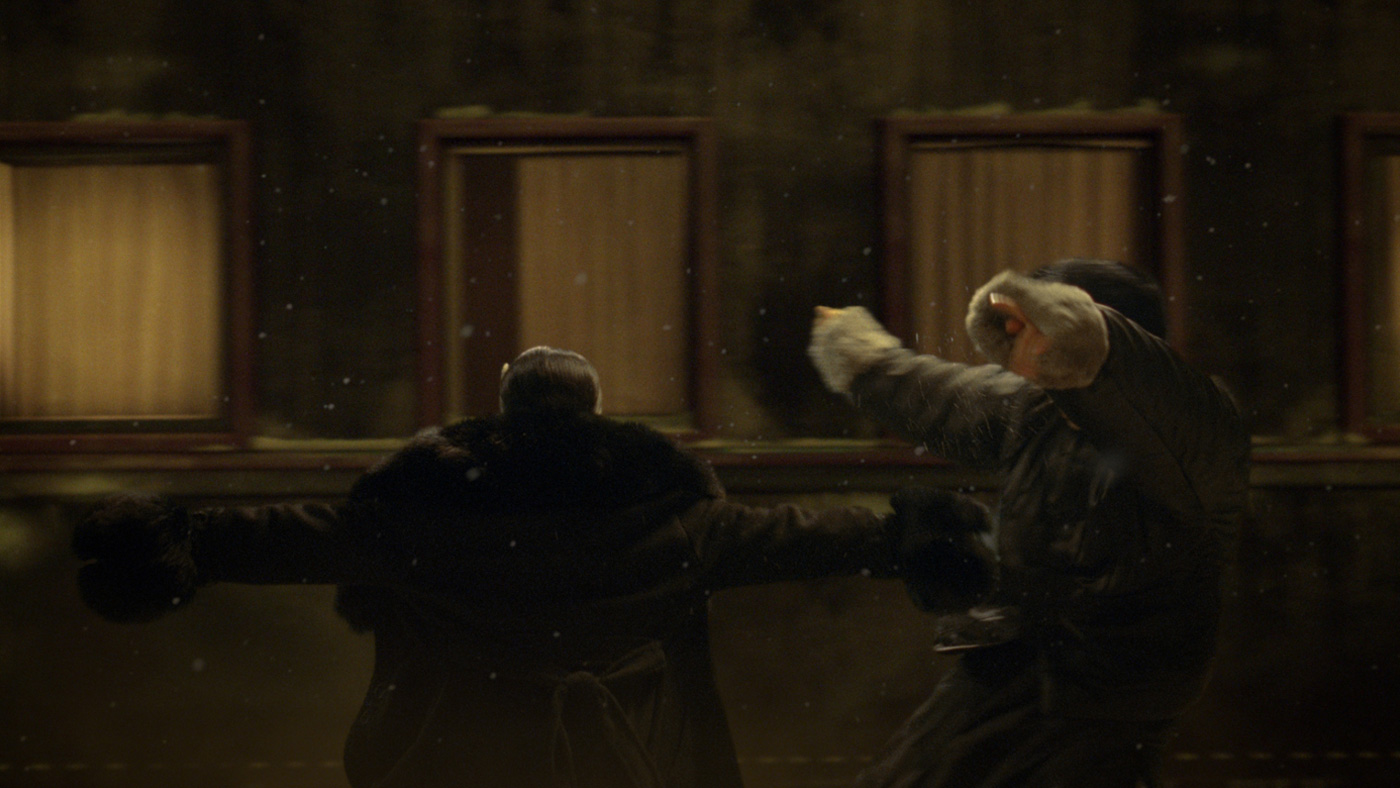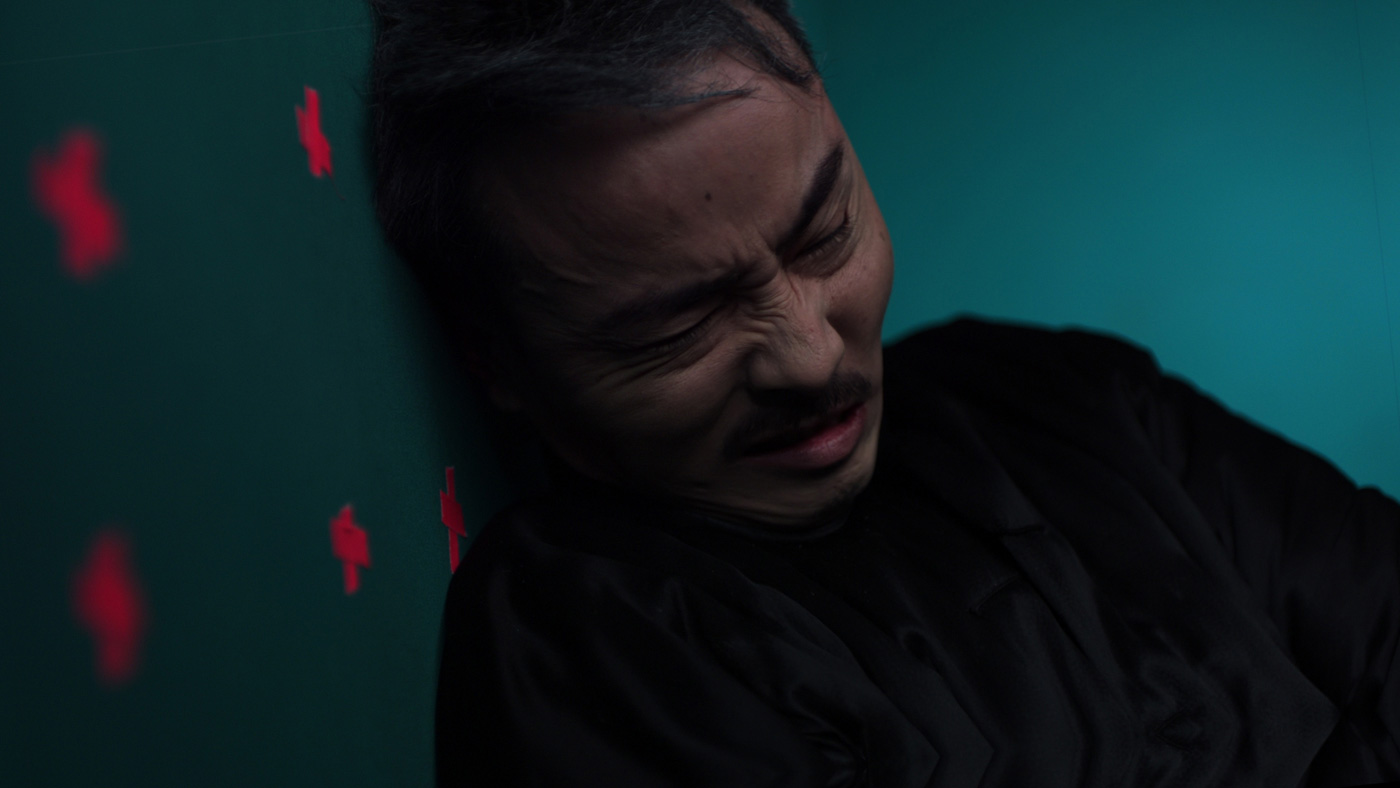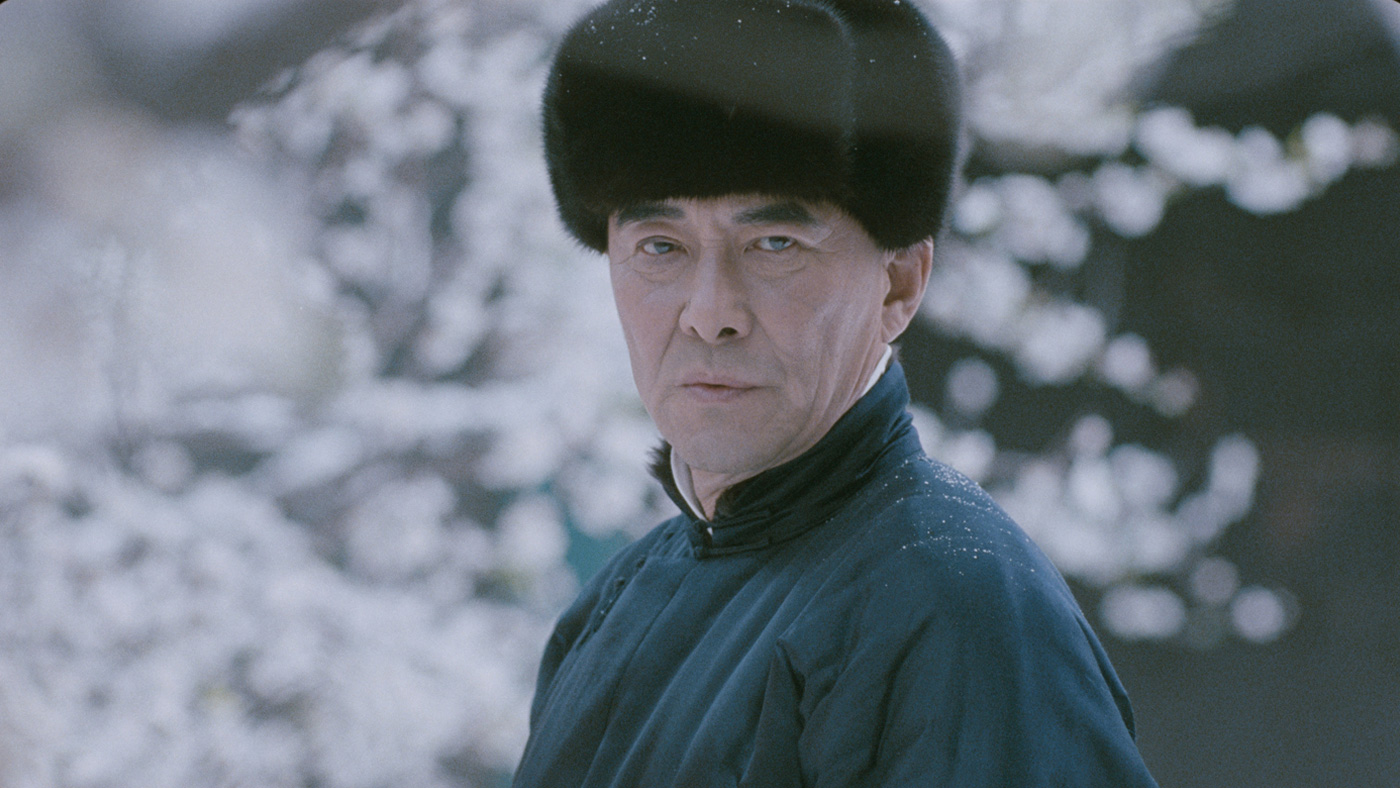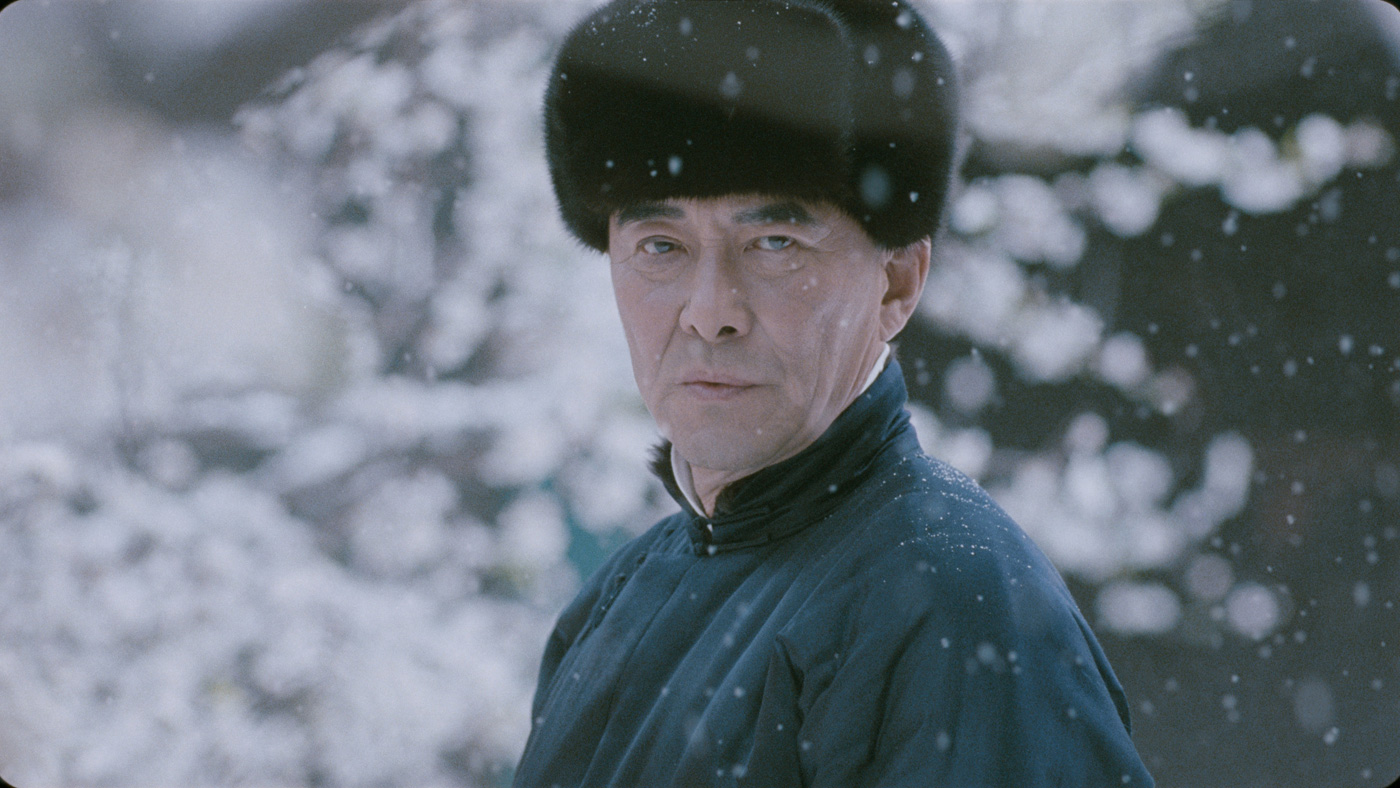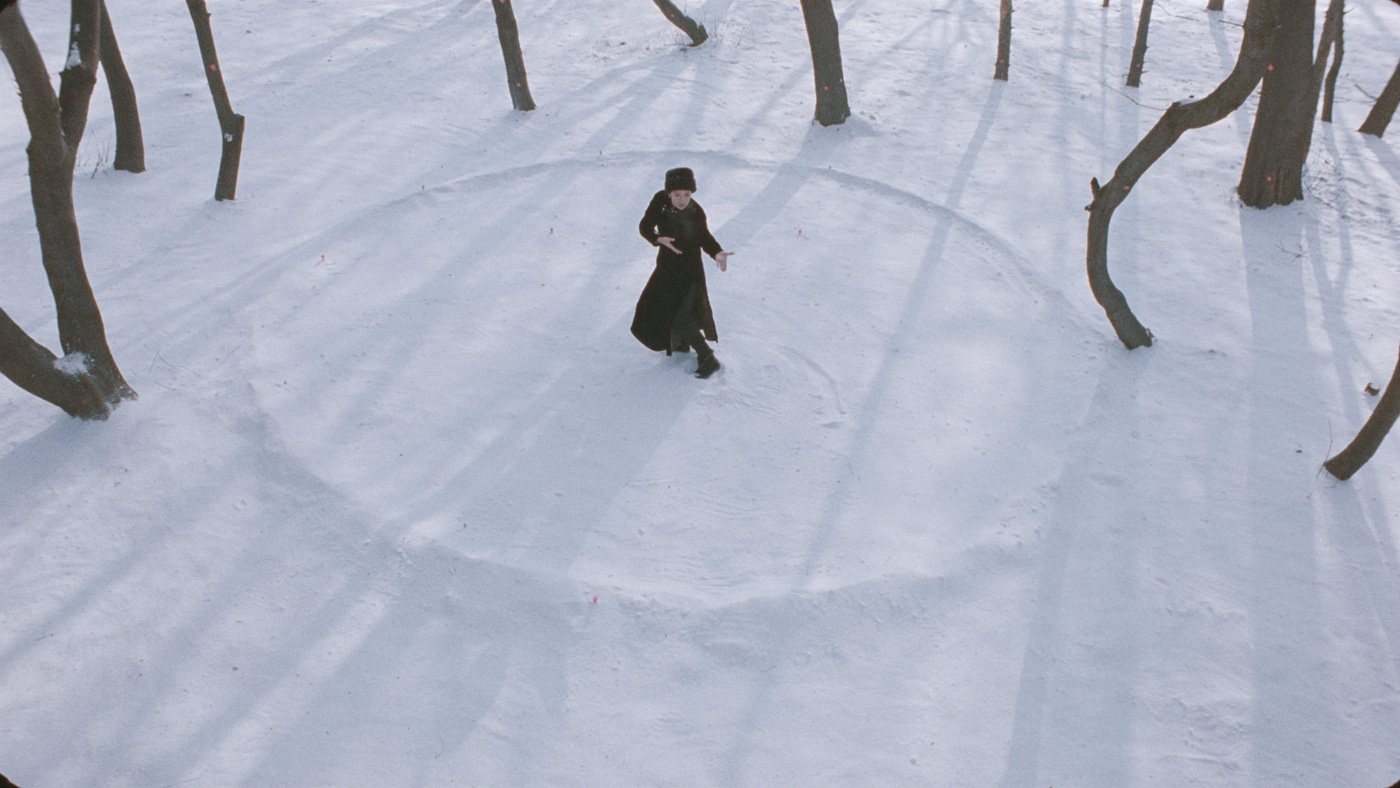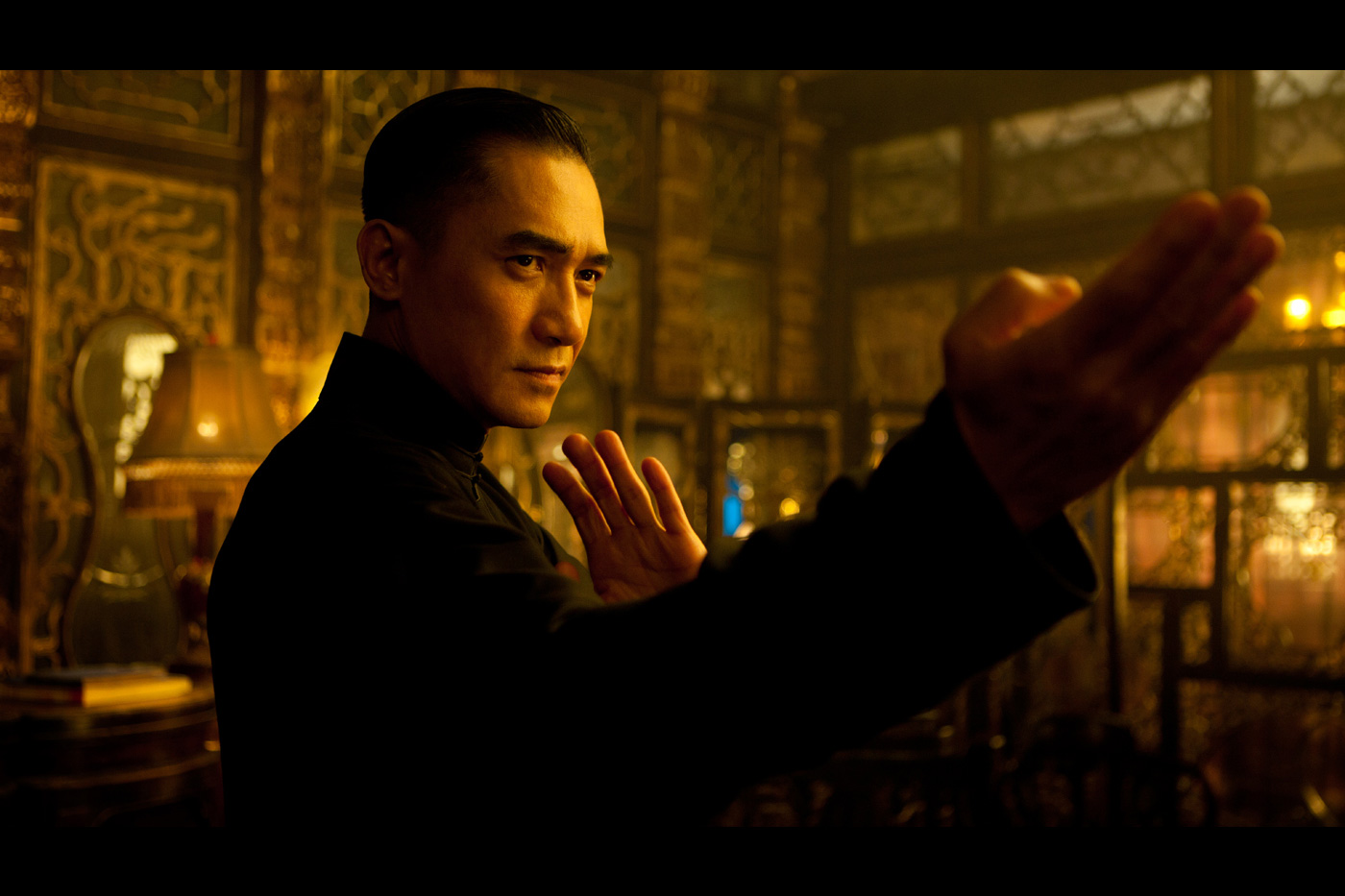Isabelle Perin-Leduc began her career in visual effects at BUF in 2003. She has worked on many commercials before moving on feature films such as the trilogy of ARTHUR AND THE INVISIBLES, MR. MAGORIUM’S WONDER EMPORIUM, BE KIND REWIND or SPEED RACER.
NOTE: Thanks to 3DVF team for the english translation. You will find the original french version on their website.
What is your background?
I had a degree at Supinfocom Valenciennes, and I arrived at BUF around the end of 2003. I worked on some commercial spot, and on long features too: ARTHUR AND THE INVISIBLES, BE KIND REWIND, MR. MAGORIUM’S WONDER EMPORIUM, THE DARKEST HOUR.
How was your collaboration with director Wong Kar Wai?
I didn’t have the opportunity to meet him, cause he was in China on the stage, while we worked on the movie sequences at the studio. So, we were used to send him frequently shot by the web, and he sent us back its comments by email.
What was his approach about the visual effects?
Wong Kar Wai (WKW) has an artistic approach on every frames. He wanted our vfx help to increase the ambiance of the shots and the character’s moves.
How did you create the huge environment around the snowy lake?
During the shooting, the environment around the lake wasn’t snowy anymore. WKW wanted to increase the emotions on the stage set for this sequence. First, we added a layer of snow on the ground for the wide shots, and we completely rebuild the mountain set. Then, we added a slight haze and a few flakes blown by the wind on the lake.
Can you tell us more about the crowd creation?
Some characters of the crowd had been filmed during the shooting. So, we multiplied them and placed according to our needs in the sequences.
How did you create the wooden stick cut in half by a sword?
Bamboo and tape have been completely recreate in CG. This effect required a lot of research and we have made several versions for WKW to adjust how the ribbon comes off and validate the render result.
Have you worked on some slow-motion shots such as the explosion or rain?
No.
Can you tell us in details about the creation of the train and the station?
The station and the train (off) were filmed. It wasn’t possible to shoot the moving train all the time, so we built a CG version to animate and make him leave the station. To match the best in the train shot without any cut, we had restored its aged appearance and slightly scarred.
Interactions with the stage set were particularly careful, especially the bottom metal of the train, quite bright and reflective. We also paid a special attention on details: the train is almost empty (no characters inside, curtains and few windows closed).
For those shots, we integrated the actors filmed on a green screen in the scene. We mapped the empty filmed plates of the environment on the CG set. The CG set has then been rendered with the original camera move of the action plate.
Actors were filmed with interactive light (flashing) symbolizing the train path. We have matched these lights with lighted windows of the train, and added some flares. Finally, to keep continuity with the beginning of the sequence, we added different kind of smoke.
How did you create the snow that reacts to the kung fu movements during the training?
WKW wanted snowfall match with the atmosphere of different sequences, and enhance the effect of power shots on fight sequences. We filmed those plans at different speeds (24, 48, 72, 96 frames / second). We had to maintain the speed to match with snowfall.
First, we created snowfall sequences without interaction for each speed, and reused them according to our needs (plans without interaction, foreground or backgrounds).
Then, for all levels with interactions, we used CG characters animated to calculate snow simulations reacting according to the movements of the actors.
Is there any invisible effects that you want to reveal to us?
We worked on some special effects such as breaking a train window, switch the logo of the railway, cut the hair of a hat (fur hat), add cotton pliers, and remove the cables used by special effects during fighting sequences.
What was the biggest challenge on this project and how did you achieve it?
About the shots, the biggest challenge was to be able to make interactions between snow and the characters as wanted WKW, and obtain a realistic result. We worked on a trailer of twenty drawings, and once validated, it was quite easy for all the others (almost 400). But definitely, the hardest work was the train.
What do you keep from this experience?
Working with WKW was a truly unique experience. It was really interesting to create effect that were to melt fully in the shooting sequences, and had to match with the artistic vision of the director.
How long have you worked on this film?
It was an unusual project. Production lasted around 3 years, but with long intermissions in the middle
I started working on it in late 2010 with the co-supervisor Olivier Prigent, and most of the sequences have been completed for the first time in May 2011.
Then, I reworked on the film from August to November 2011, and once again from September 2012 to February 2013.
How many shots have you done?
512 shots.
What was the size of your team?
Fifty for the bulk of production in 2011, and after a smallest team (between 1 to 10 people, depending of the time)
What is your next project?
I just started an advertising for Boegli prints.
What are the four movies that give you the passion for cinema?
I love directors like Hitchcock, Eastwood or Myazaki. But actually, it’s rather the Pixar’s movies brought me to make career in visual effects.
A big thanks for your time.
// WANT TO KNOW MORE?
– BUF: Official website of BUF.
// THE GRANDMASTER (YI DAI ZONG SHI) – VFX BREAKDOWN – BUF
The Grandmaster | Visual Effects Making Of from BUF on Vimeo.
© Vincent Frei – The Art of VFX – 2013

